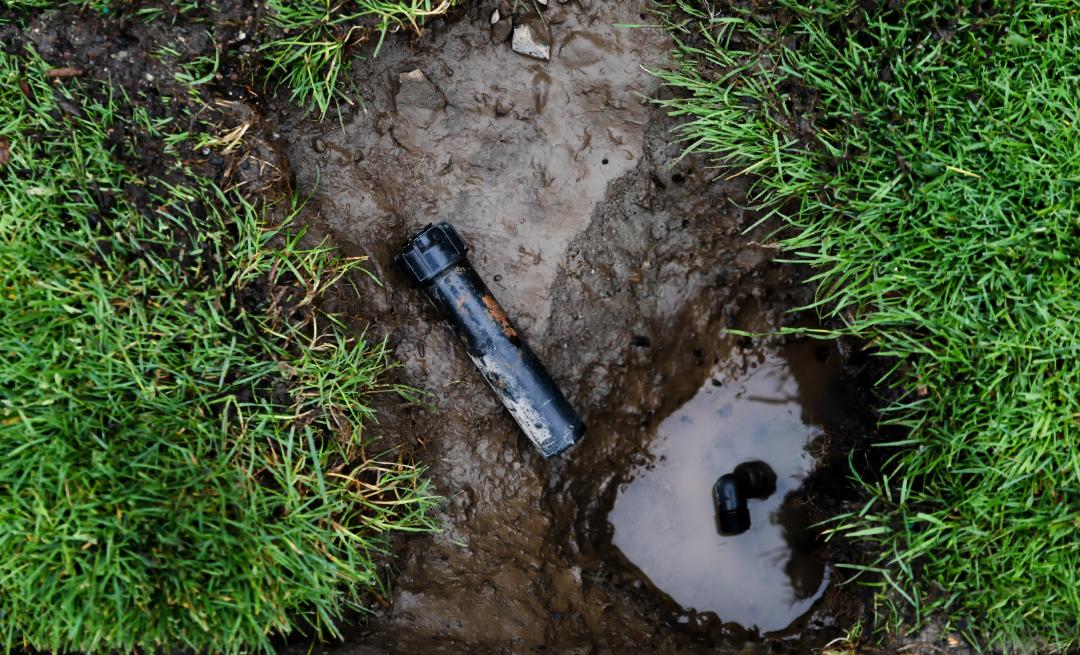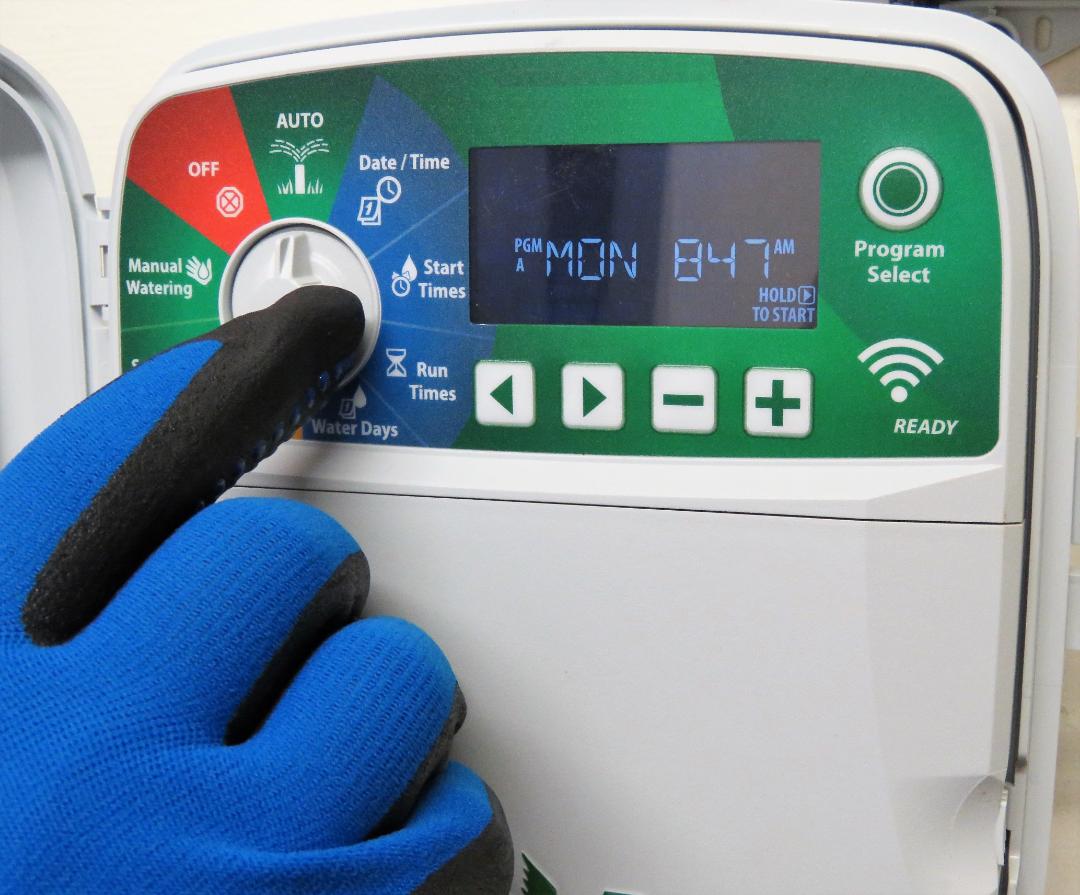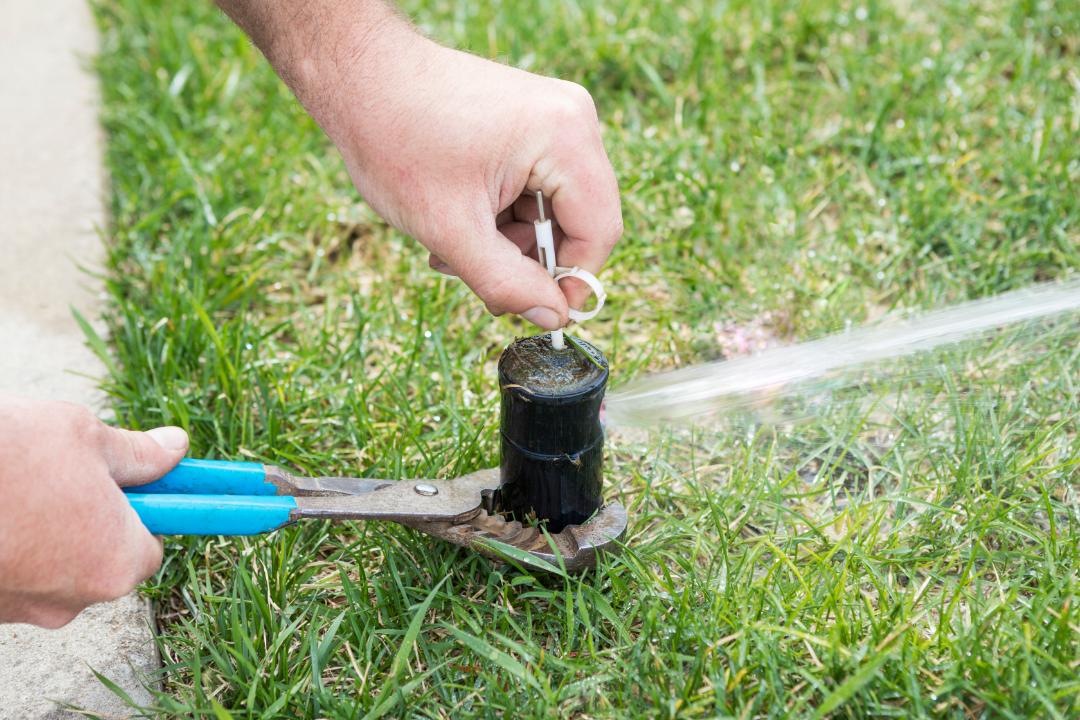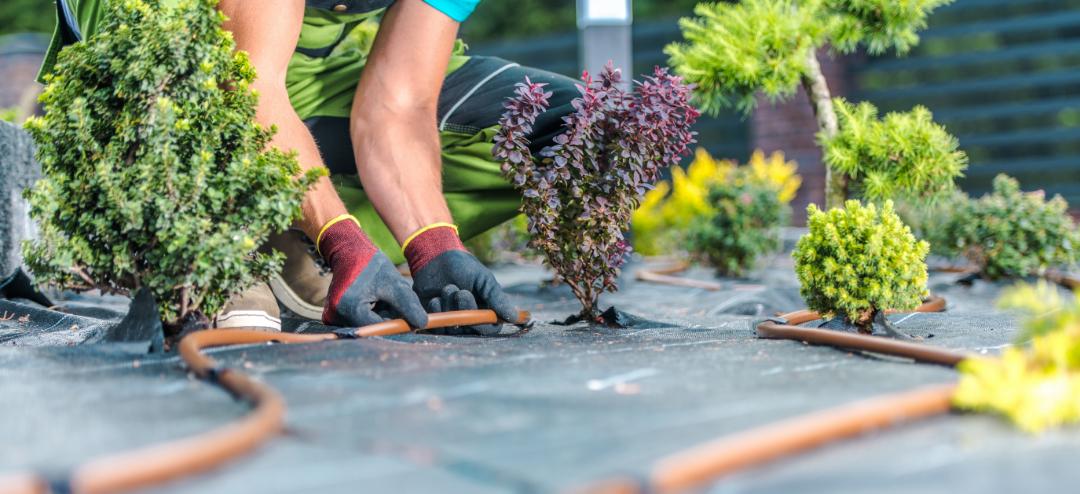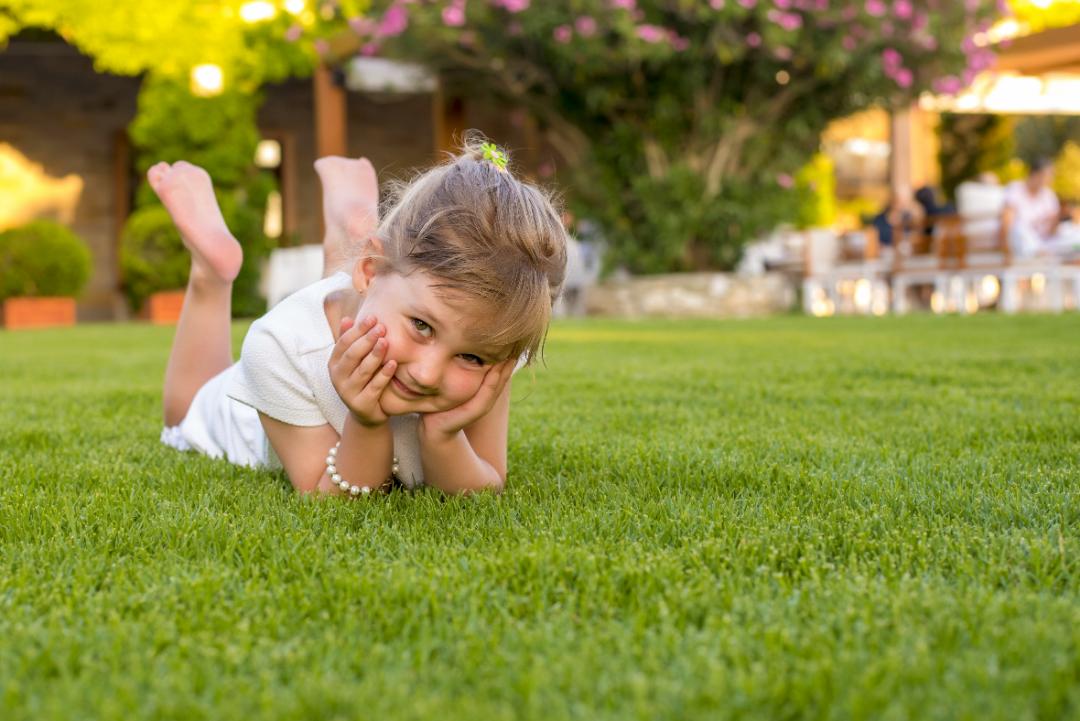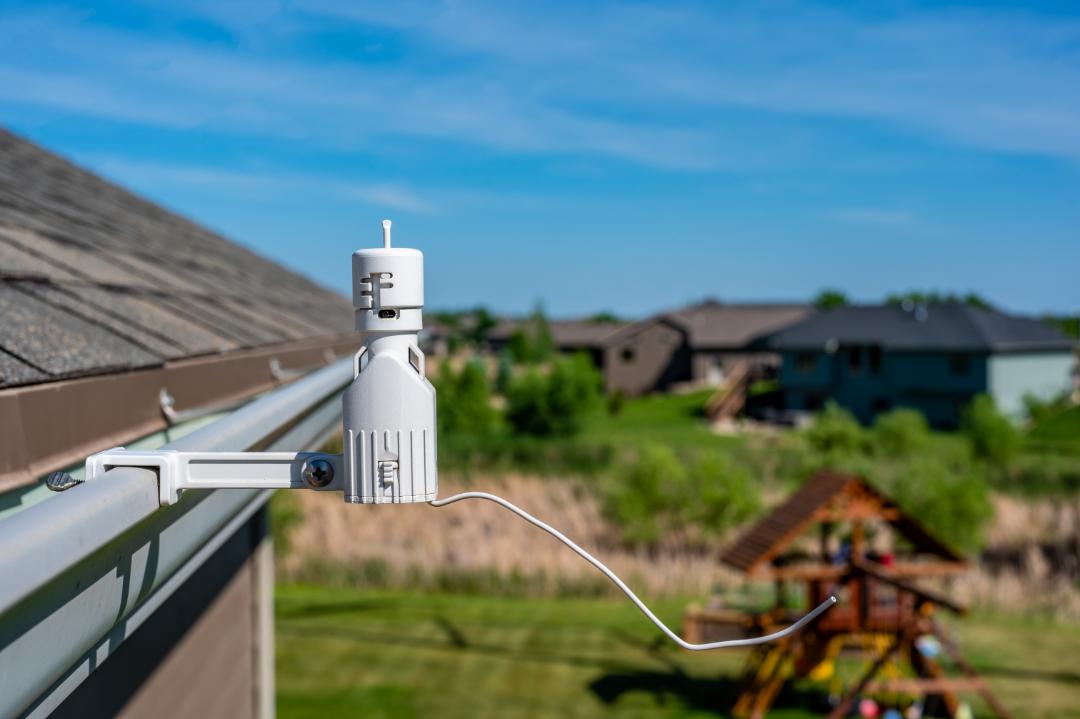Reviving the Flow: Repairing Your Sprinkler System Post-Patio or Pool Installation
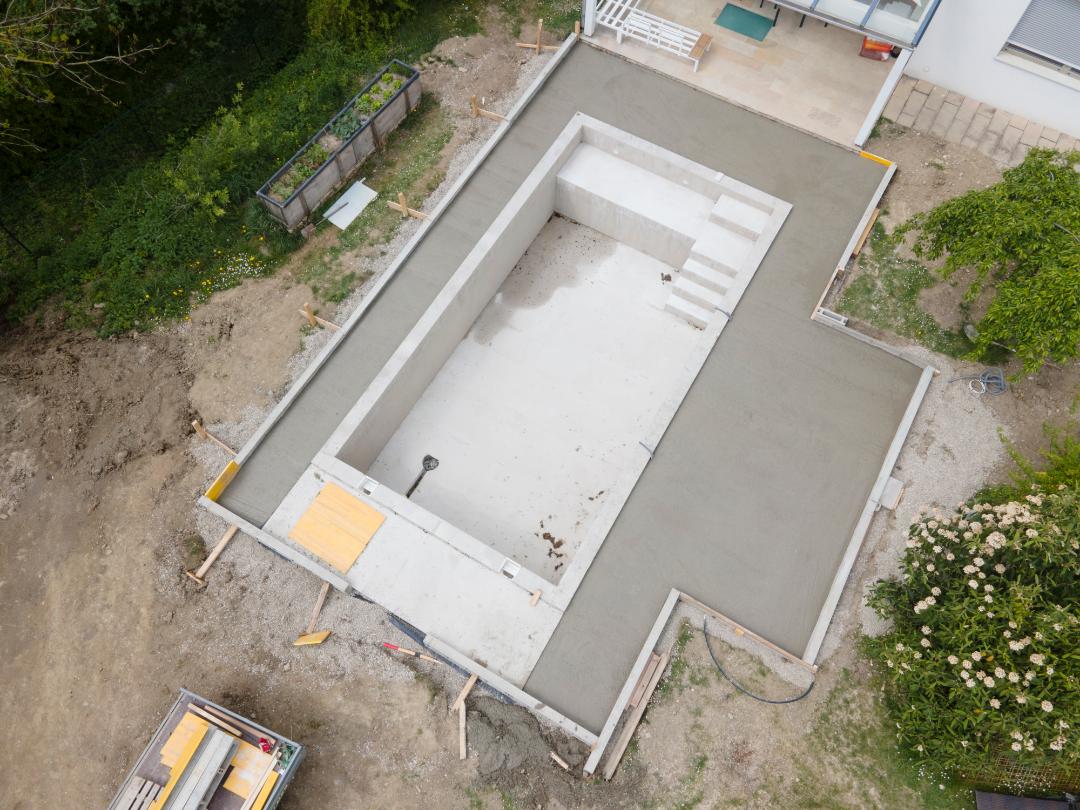
Embarking on the exciting journey of enhancing your outdoor space with a new patio or pool often involves careful planning and meticulous execution. However, it’s crucial not to overlook the impact these additions can have on your existing sprinkler system. In this blog post, we’ll guide you through the process of repairing your sprinkler system after a new patio or pool installation, as well as essential considerations to address ahead of time for a seamless integration.
Preparing for the Project:
Anticipate the Impact on Irrigation
Assessing the Landscape Design: Before beginning your patio or pool project, thoroughly assess your landscape design. Identify the location of existing sprinkler heads, pipes, and control valves. Consider how the new elements will interact with the current irrigation setup.
Communication with Contractors:
Ensure open communication with your patio or pool installation contractors. Share the layout and details of your sprinkler system, making them aware of the need to preserve and protect existing irrigation components during the construction process.
Protective Measures:
Shielding Your Sprinkler System
Marking and Documenting: Clearly mark the location of sprinkler heads, pipes, and control valves. Document this information in your construction plans, and communicate it to all involved parties. This will help avoid accidental damage during the installation of the patio or pool.
Temporary Barriers:
Implement protective barriers around vulnerable areas of the sprinkler system. Temporary fencing or markers can prevent heavy machinery, construction equipment, or foot traffic from causing inadvertent harm to irrigation components.
Post-Installation Inspection: Assessing the Impact on Irrigation
Thorough Inspection:
After the completion of your patio or pool installation, conduct a thorough inspection of your sprinkler system. Look for signs of damage, displacement, or misalignment of sprinkler heads. Check for any blockages or leaks in the pipes that may have occurred during the construction process.
Reconnect and Realign:
If any sprinkler heads were temporarily removed or relocated, ensure they are correctly reconnected and aligned. Adjust the spray patterns to cover the required areas efficiently.
Adjusting Watering Schedules: Aligning with New Features
Reassess Watering Needs:
Following the installation, reassess the watering needs of the landscape surrounding your new patio or pool. Changes in sunlight exposure, soil moisture levels, and plant requirements may necessitate adjustments to your sprinkler system’s watering schedules and durations.
Customized Zones:
Consider creating new irrigation zones to tailor watering schedules to the specific needs of the areas surrounding your patio or pool. Different plant types, soil conditions, and sun exposure may require unique watering considerations.
Professional Assistance: Ensuring Optimal Performance
Consulting Irrigation Specialists:
If you encounter challenges during the inspection or find issues with your sprinkler system’s performance, seek the expertise of irrigation specialists. Professional assessment and adjustments can ensure that your system is operating optimally and efficiently post-installation.
Upgrading Technology:
Consider taking this opportunity to upgrade your irrigation system with modern technology. Smart irrigation controllers can adapt to weather conditions, optimizing water usage and promoting sustainable practices.
A Harmonious Fusion of Elements
Repairing your sprinkler system after a new patio or pool installation requires a careful balance of preservation and adaptation. By anticipating the impact on your irrigation system ahead of time, implementing protective measures, and conducting post-installation inspections, you can ensure that your outdoor oasis remains vibrant and well-nourished. Remember, professional guidance and the integration of smart irrigation technology can elevate your landscaping efforts, creating a harmonious fusion of functional and aesthetic elements in your revamped outdoor space.



